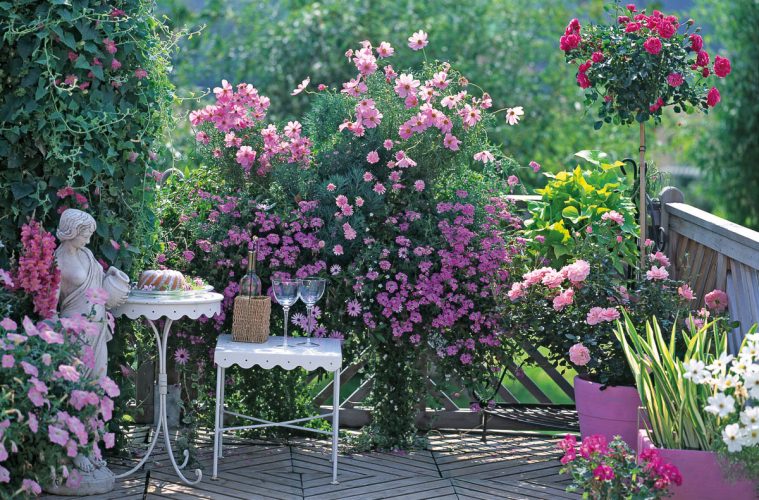THE ESSENTIALS
- March is early autumn according to the calendar, but in South Africa, the sun is still high in the sky. It is a good time to spread layers of compost around your beds to get the last of the summer flowers going.
- Add colour pots of Cosmos, Amaryllis belladonna, Thunbergia alata (Black-eyed Susan), Bauhinia galpunii (Pride of the Cape).
- March is the best month to plant trees as they have the benefit of a long cool winter ahead to get established. It’s worth making space for a small to medium tree such as our own Dais cotinifolia (Pom Pom tree), Buddleja saligna (False Olive) & Apodytes dimidiata (White Pear).
- Continue to dead head and feed the last of your summer annuals to get the most out of them. Also start thinking about pruning of summer flowering shrubs which have finished blooming. Neaten up and light prune evergreen shrubs and prune overgrown conifers.
- March is a good time to unblock and clean all water features and ponds before the weather gets too miserable.
- Over winter lawn care – sow cool-weather lawn seed such as “Shade Over” in patches of your lawn that you know are going to go dormant and become a problem in the depths of winter. These cool weather grasses can provide greenery and reasonable coverage provided there is not too much foot traffic.
- Spray organic insecticide around your conifers to deter the dreaded Italian Cypress aphid which becomes active as the weather cools down.
IN THE EDIBLE GARDEN
- Wash and disinfect seedling trays and pots and make up a good draining seedling mix using coco peat, perlite and vermiculite.
- Sow beetroot, broad beans, broccoli, cabbage, cauliflower, kale, leeks, lettuce, onions, peas, Swiss chard, radishes, carrots and turnips.
- Plant out cool-season herbs such as chives, garlic chives, coriander, parsley, mustard, dill and rocket.
- Continue to harvest the last of the late summer squashes, aubergines and tomatoes and remove the last of the spent summer crops. If you still have green tomatoes pick them and ripen them in a sunny spot.
- Monitor citrus trees closely for red scale on leaves and stems.
- Remember your companion planting for your new season – plant wild garlic, yarrow and comfrey alongside your vegetables.
Written Pat Ingarfield
Featured Image: Living4Media

